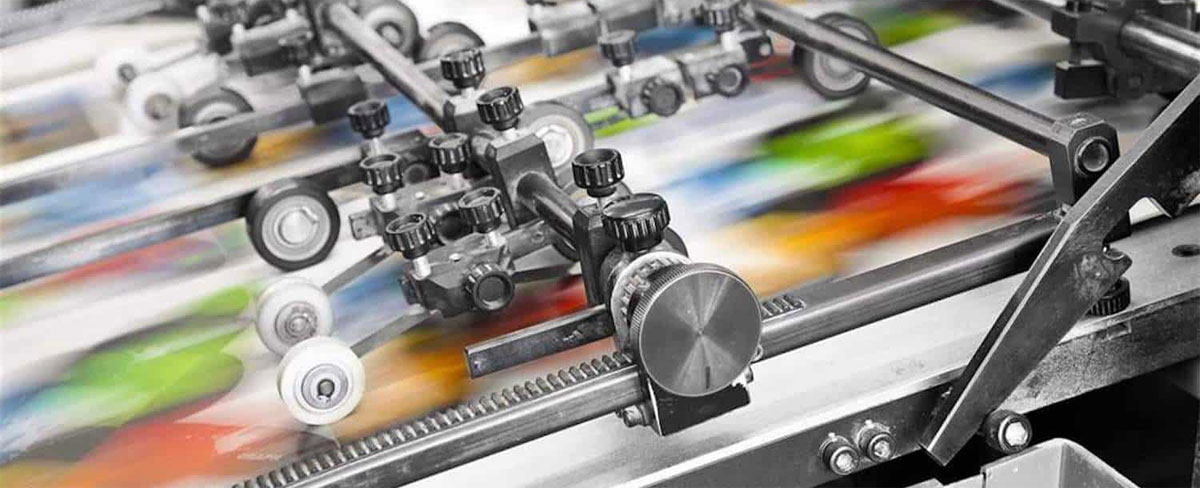
Enter the realm of offset printing, a venerable technique that has stood the test of time, marrying tradition with precision. At its core, offset printing is a process that involves transferring an inked image from a plate to a rubber blanket and then onto the printing surface. This indirect method ensures consistently sharp and detailed prints, making offset printing the go-to choice for projects demanding a high level of quality and professionalism.
One of the standout features of offset printing is its suitability for large-volume projects. The process of creating plates for offset printing may take a bit longer initially, but once set up, it allows for the swift and cost-effective production of a large quantity of prints. This makes offset printing the preferred choice for publications, magazines, and marketing collateral that demand mass distribution without compromising on quality.
The color fidelity achieved through offset printing is unparalleled. The use of Pantone Matching System (PMS) colors ensures accurate and consistent color reproduction across different print runs. This reliability is crucial for brands and businesses aiming to maintain a cohesive visual identity in their printed materials.
Offset printing also excels in handling a diverse range of materials. Whether it's paper, cardboard, or specialty stocks, offset presses can accommodate various substrates, opening up creative possibilities for designers and marketers alike. The ability to print on different surfaces adds a tactile dimension to the final product, enhancing its overall visual and sensory appeal.
While offset printing has a more extensive setup process compared to digital printing, advancements in technology have streamlined many aspects of the workflow. Computer-to-plate (CTP) technology, for instance, has replaced the traditional film-based plate production, reducing setup times and enhancing precision.
In the age of eco-conscious choices, offset printing has adapted to be more environmentally friendly. The use of soy-based inks and the implementation of waterless offset printing contribute to a reduction in VOC emissions and a lower environmental impact compared to older offset printing methods.
Offset printing is a venerable craft that continues to thrive in the modern printing landscape. Its unparalleled quality, color accuracy, versatility in materials, and environmental adaptability make it an enduring choice for projects that demand the utmost in print excellence.
